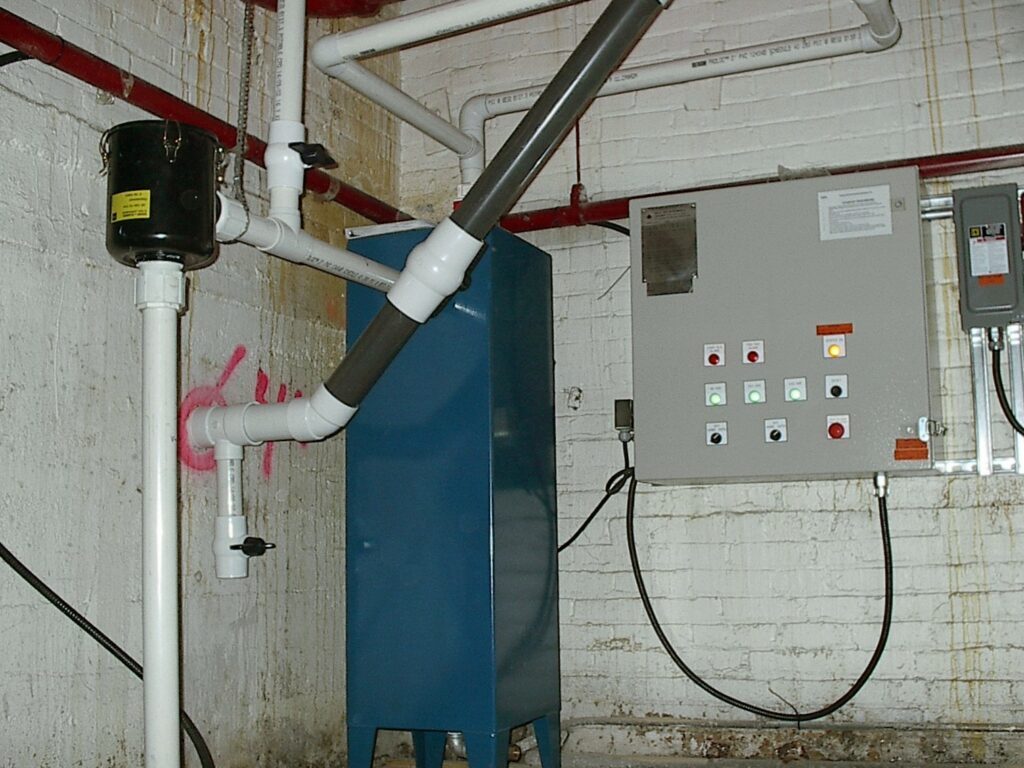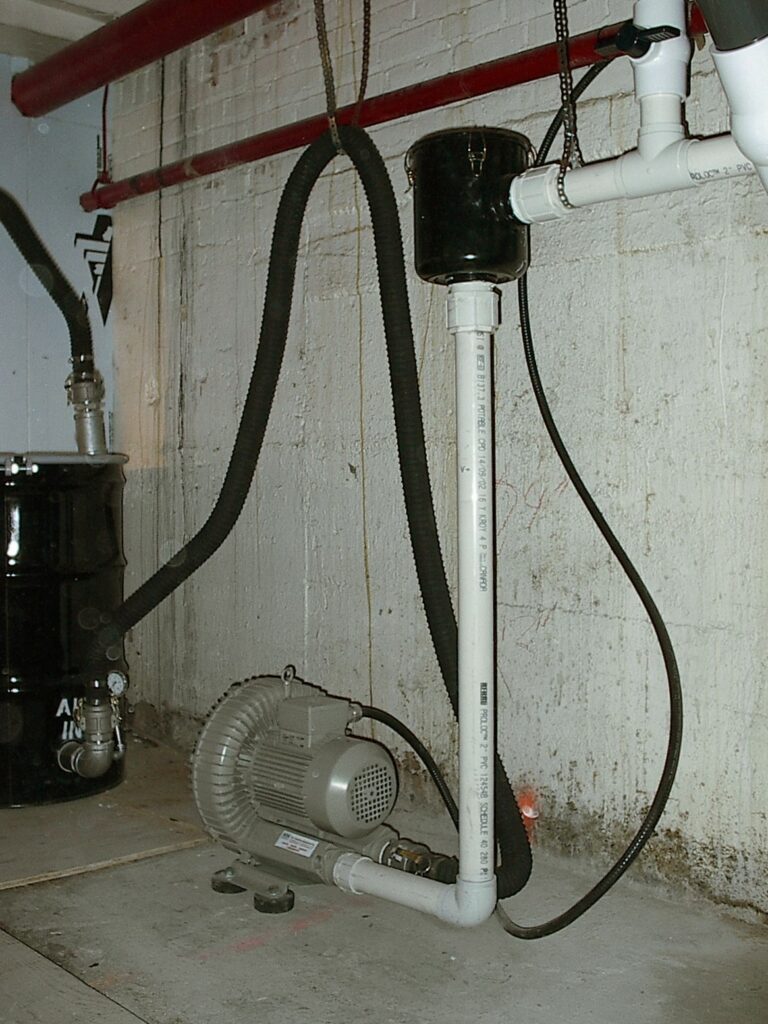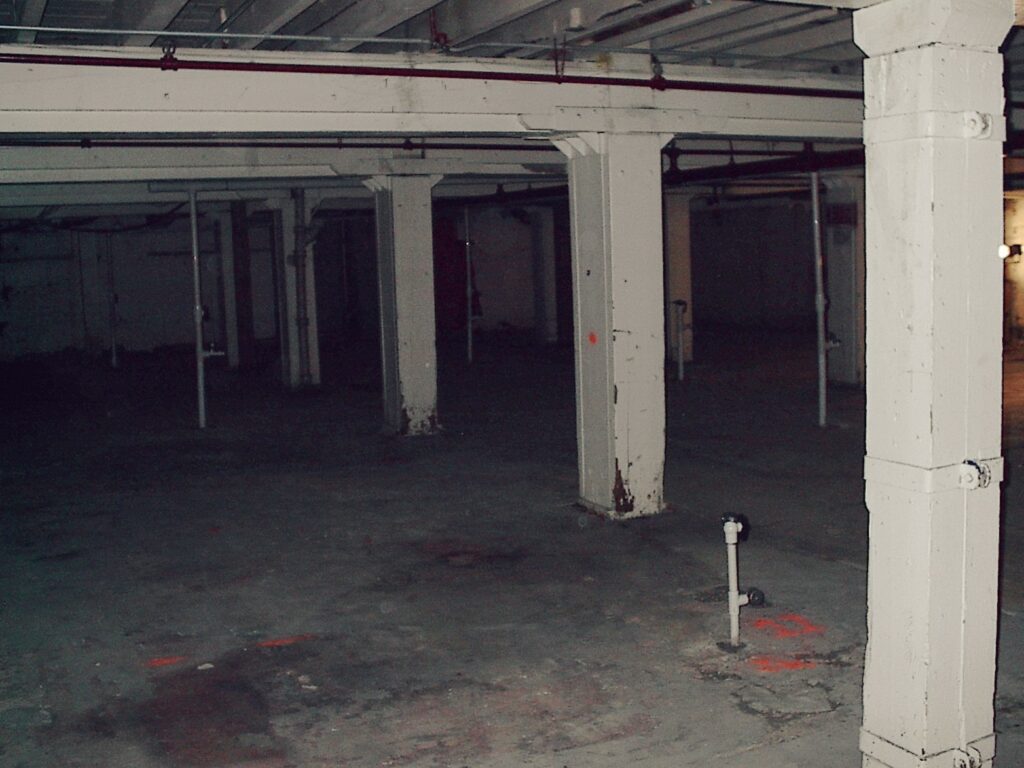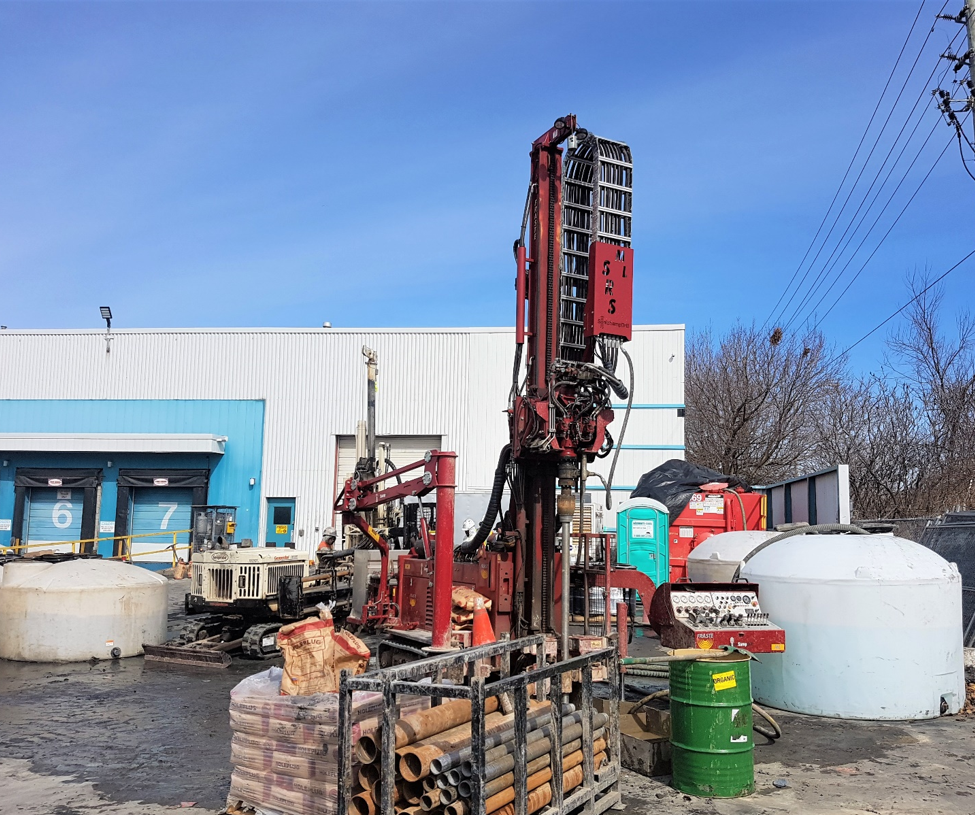Introducing ActiveScore
Over the years, various global building certifications and rating systems have emerged, each focusing on different aspects of sustainability, energy efficiency, and environmental performance. Some of the most well-known certifications include LEED (Leadership in Energy and Environmental Design), BREEAM (Building Research Establishment Environmental Assessment Method), WELL Building Standard, GRESB (Global ESG Benchmark for Real Assets), Fitwel, and others.
In today’s world, with sustainability and active living taking center stage in global consciousness, the significance of facilities that promote and support active commuting has reached unprecedented levels. ActiveScore, which advocates for environmentally friendly and physically engaging forms of transportation, delivers advantages that extend beyond individual well-being to the betterment of the planet. Acknowledging this, ActiveScore’s core objective is to encourage buildings to welcome those who opt for active commuting, thereby playing a vital role in fostering a cleaner, more eco-conscious, and healthier future for all.

7 Key Benefits of ActiveScore
- ActiveScore stands out as it is the only internationally-recognized real estate standard that is tailored for active travel.
- Boosts your organization’s Environmental, Social, and Governance (ESG) profile, aligning it with sustainable practices.
- The standard applies to both new and existing buildings. So whether your building is in the planning phase or has been around for years, ActiveScore certification can be applied.
- ActiveScore’s standards align with other green certifications that can earn your building credits for other green certifications like WELL, BREEAM, LEED, and GRESB.
- The evaluation standards are customized to go beyond the minimum requirements set by local urban planning regulations and infrastructure standards. This ensures that the active travel amenities in your building not only comply with but surpass the community’s expectations and demands.
- Thoughtfully-designed active travel amenities can have a transformative impact on your building as more and more tenants are seeking workplaces that have micro-mobility facilities.
- Certified green buildings often command higher rents, making ActiveScore certification an investment with long-term financial benefits.
Active travel is not merely a trend; it’s a forward-thinking approach to workplace design with far-reaching benefits. By incorporating features like bike parking and bike racks, shower facilities, storage lockers, and change rooms, companies can create a healthier, more sustainable, and attractive workplace. The positive effects extend beyond employee well-being to environmental stewardship, cost savings, and even improved company culture. Embracing active design is a win-win for both employees and employers, contributing to a more productive and fulfilled workforce.














